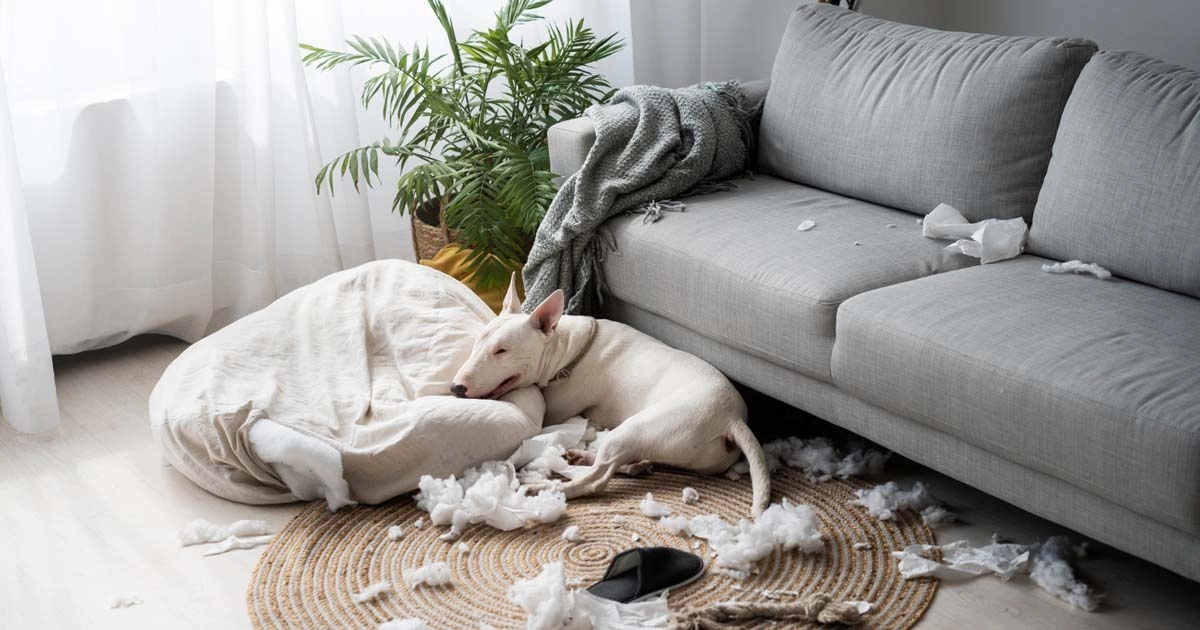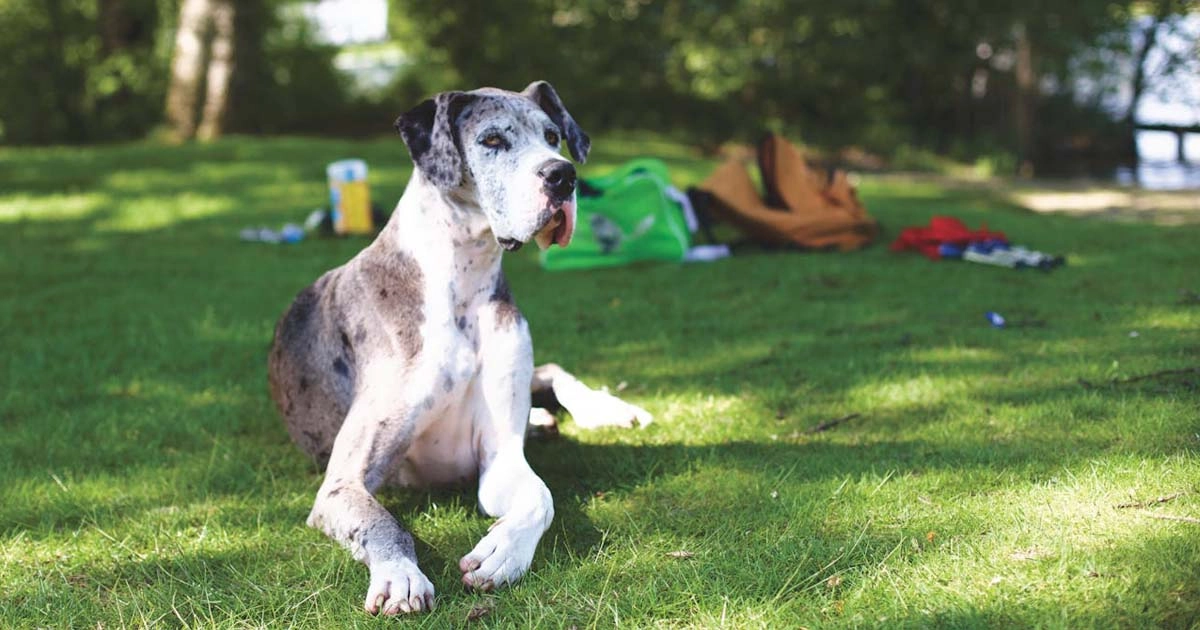Torn cushions, whines & worries: Is it anxiety or just bad behavior?

Dog
21/04/2025

Does your dog bark continuously when you're leaving the house? Or do you come home to torn cushions, scratched doors, or even signs of self-mutilation? These are more than "bad behaviors" — they can be signs of separation anxiety, a disorder that affects millions of dogs and their owners. At mybestie.gr, we understand how difficult it is to have to leave your pet behind and worry about their health. Let's dive in deep into what separation anxiety in dogs is, how you can recognize it, and what you can do to help your dog cope with it.
Table of contents
What is separation anxiety in dogs?
Separation anxiety is a canine behavioral disorder characterized by a dog experiencing extreme distress when alone or separated from the owner. It's not obedience or boredom issues — it's fear, insecurity, and possibly an extreme bonding with their human. Dogs are pack animals, and a few will get over-attached to one individual person. When that person leaves, even for a brief moment, the dog will go wild and express that anxiety in destructive or noisy forms.
Signs of separation anxiety
All dogs that chew a shoe aren't necessarily anxious. How can you tell? Look for clusters of these signs:
- Excessive barking or howling within a short time after you leave
- Destructive behavior, especially around windows or doors
- Pacing, whining, or salivating as you are preparing to leave
- Accidents indoors, even though the dog has been house-trained
- Escaping attempts, which can result in injury
- Where the dog follows you around the house or becomes upset when you show signs of departure
Canines with authentic separation anxiety will generally begin showing these behaviors within a few minutes of your having left.
What causes it?
Separation anxiety is caused by a wide variety of reasons, such as:
- Sudden change in schedule (e.g., returning to work after working from home)
- New move to a new home
- Loss or change of household members or other pets
- Inadequate socialization as a puppy
- History of abandonment or neglect
- Some breeds are also prone to developing separation anxiety, especially highly social and working breeds that have a need to bond and feel useful.
How to help your dog cope
- Develop a relaxed leaving procedure: Stay away from large goodbyes that raise worry. Remain peaceful and impartial when leaving or returning.
- Establish independence in slow steps: Begin with departing the room for short time intervals and gradually growing longer. Do this every day.
- Employ enrichment activities: Puzzle toys, icy treats, and safe chew things can occupy your dog intellectually in your absence.
- Desensitize exit cues: Dogs are attuned to signals like picking up keys or putting on shoes. Rehearse picking them up and wearing them without leaving.
- Establish a safe zone: Certain dogs prefer a specific room or crate. Make it relaxing and cozy.
- Pet walker or sitter: If you're away for longer periods of time, a half-day visit can make all the difference. On mybestie.gr, you can hire trustworthy pet sitters that offer companionship and reassurance while you are away.
- Expert guidance: If your dog has serious anxiety, a certified trainer or veterinary behaviorist will be able to work with you to create an individualized plan. Anti-anxiety medication may be recommended in some cases.
Separation anxiety is not something your dog can assist, and it certainly isn't something they do out of spite. With patience, routine, and direction, your dog can be taught to feel safe even when you're not around. Don't wait for the signs to become obvious — act early to make your dog (and your home) more at ease.
For more tips, recommendations, and expert advice on pet behavior, visit our Blog. Because knowing is half the better life with your best friend.











